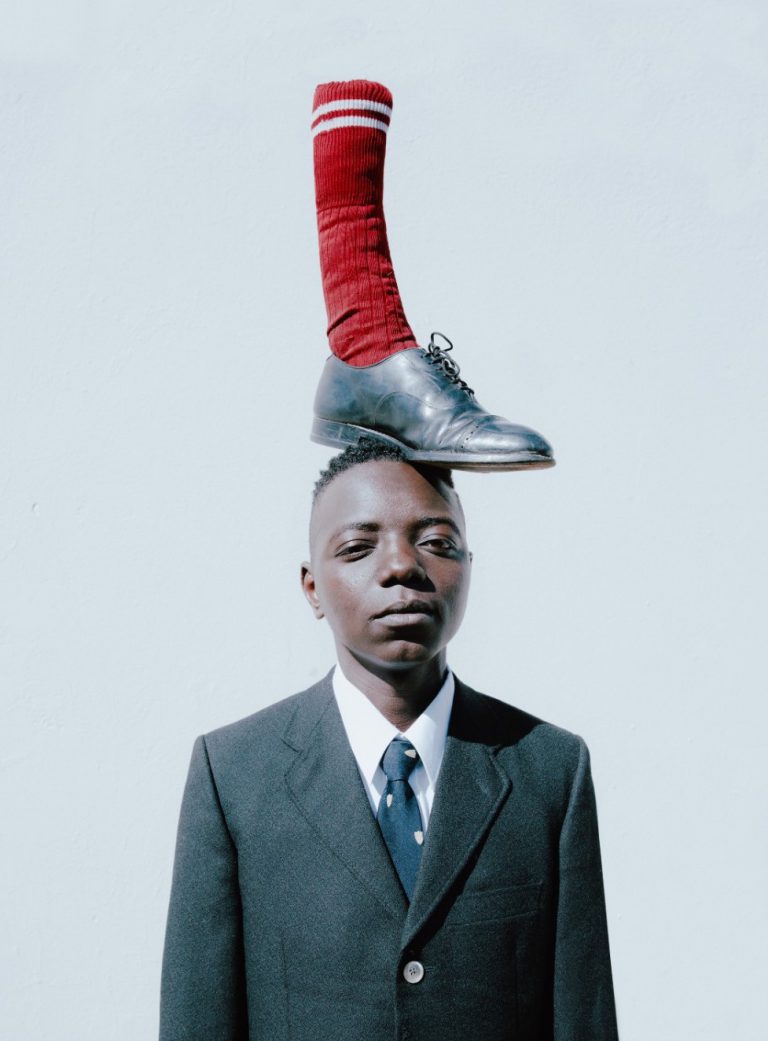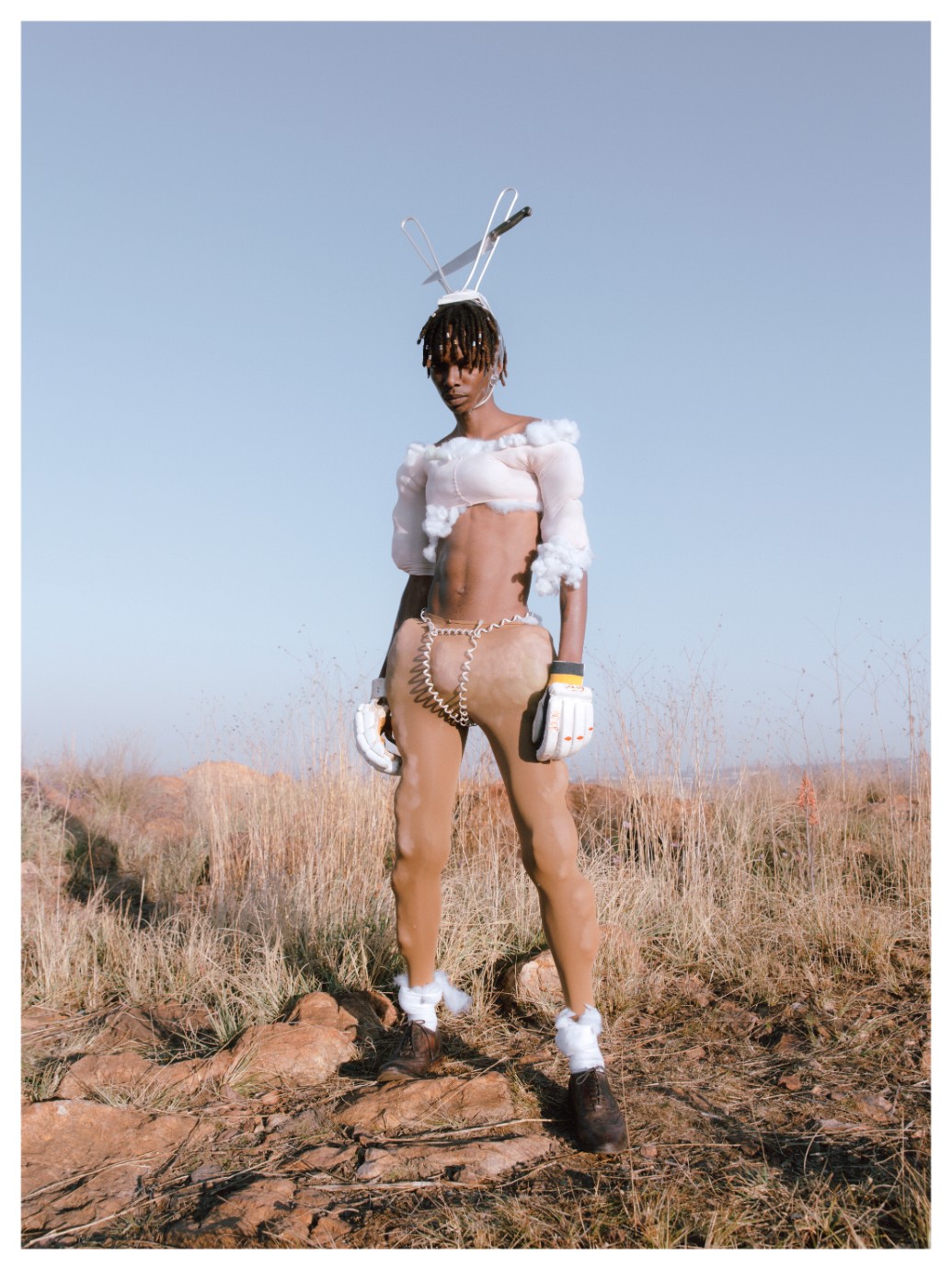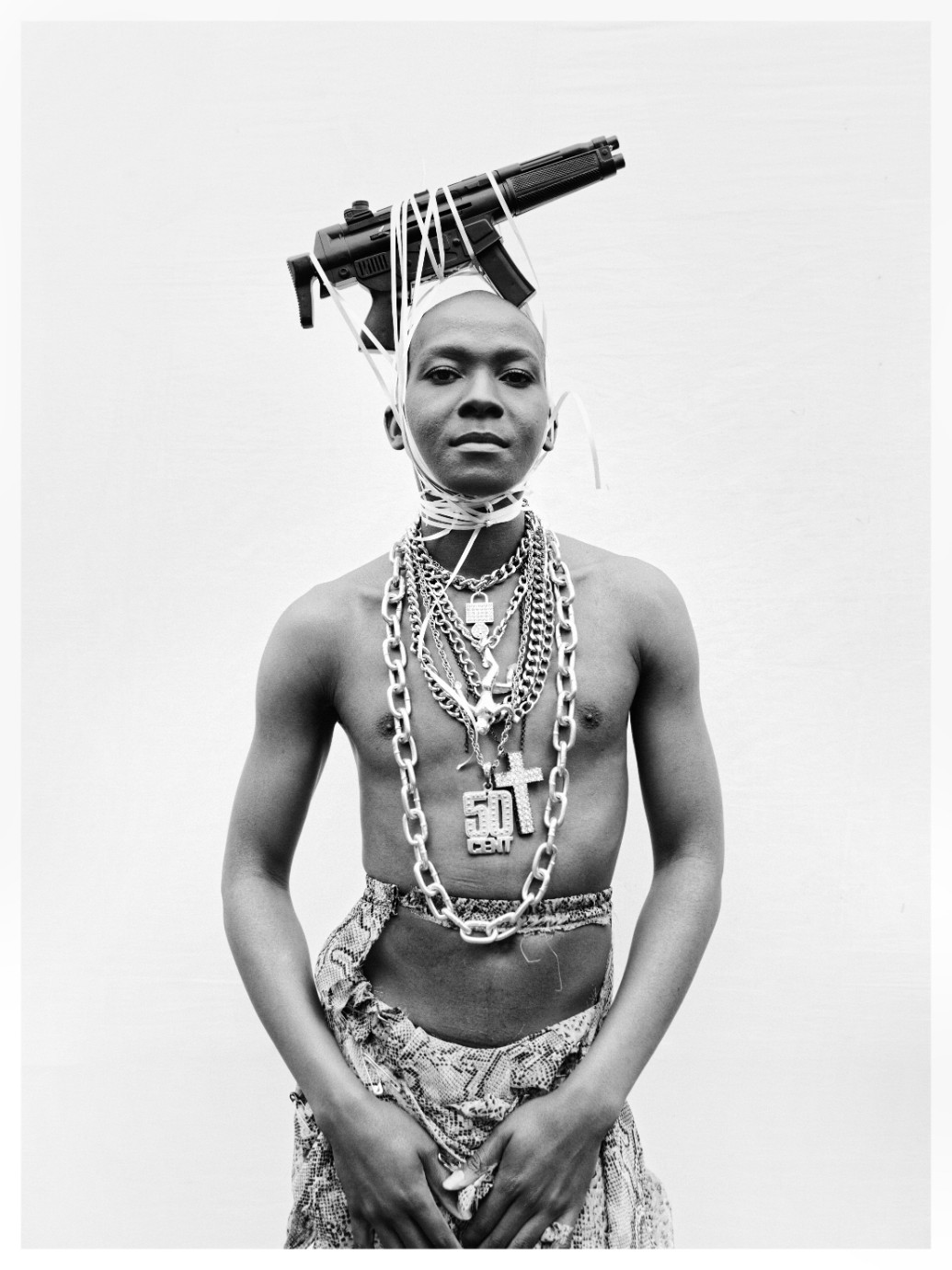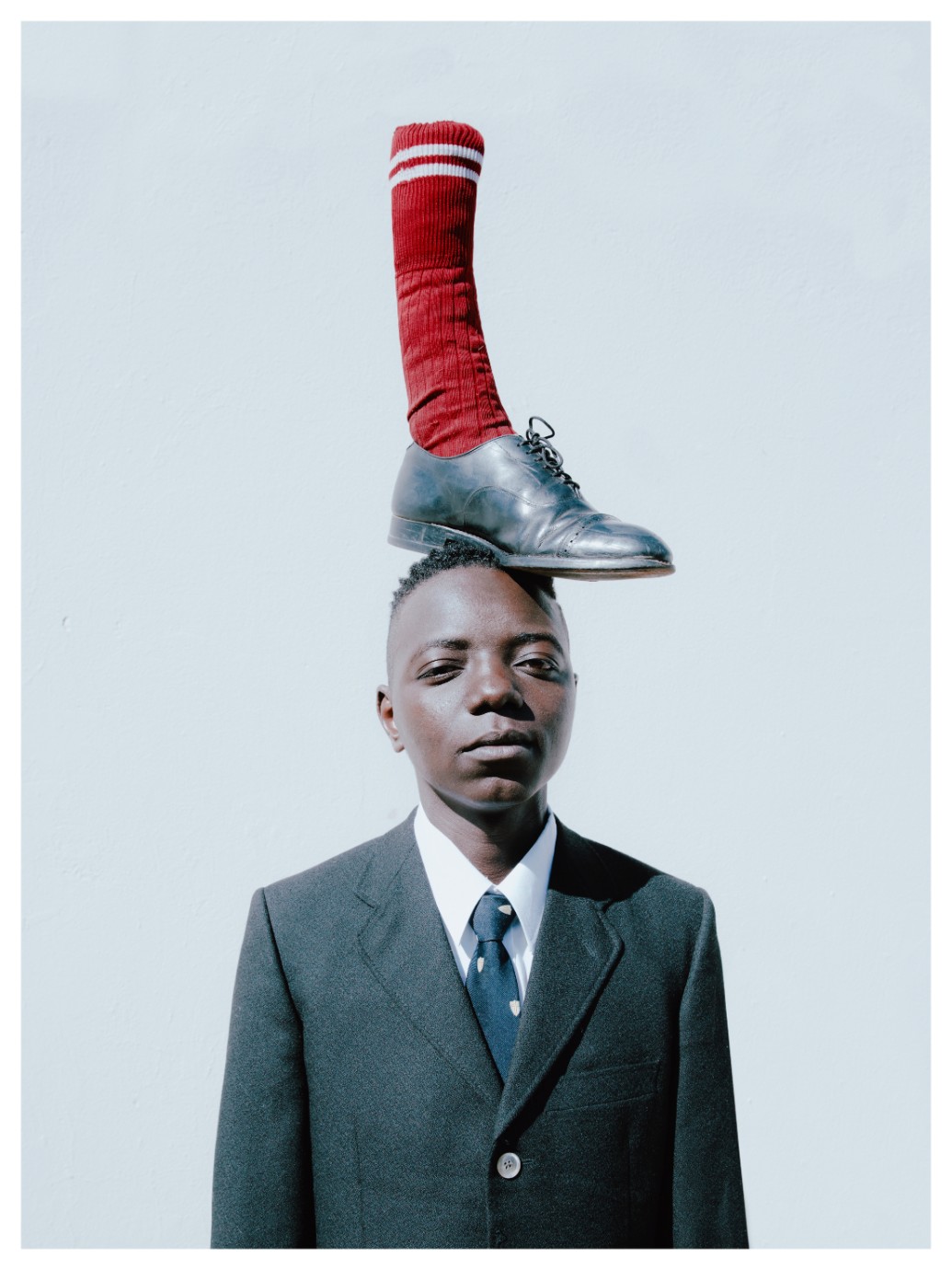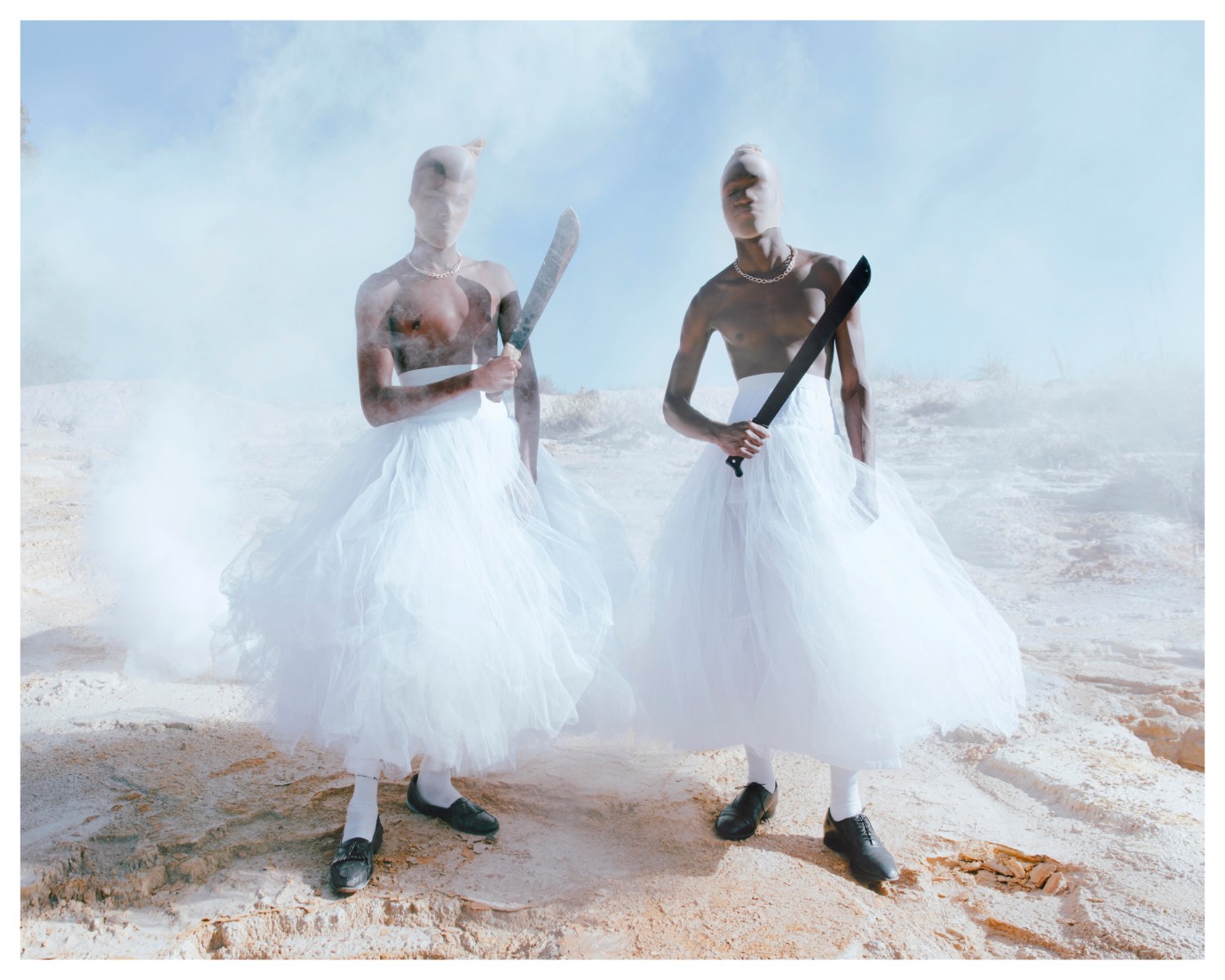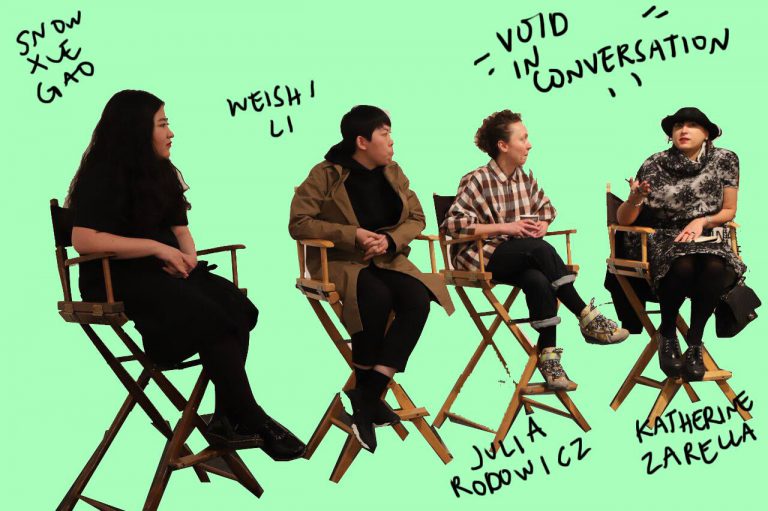Let’s begin by looking at the title of the show, Soft Criminal. Where did it come from, and what does it mean in the parallel universe that you’ve created?
Ib: We’ve always wanted to design something together, and so Soft Criminal was the foundation for us to create this universe where we can really explore characters, and also create a space where there’s no ‘right’ or ‘wrong’, where we can really dive in and tell stories, but also push costumes and imagery.
Gareth: Yeah. I think that’s where we kind of began…
Ib: It came about at St Martins, final year, and we just thought that we should team up and do something…I don’t know if this is answering your question?…
Well, whatever you’re willing to give as an answer is good enough for me… but I was particularly interested in what Soft Criminal means within this realm that you’ve fashioned. It’s quite a juxtapositional notion in the ‘normal’ space of language…
Gareth: There’s a duality in the phrase that is present in every picture, and it ties in with a lot of the work we’d each done already, so it was a great commonplace starting point. This project could’ve gone either way—it could’ve been chaos—so it was lovely to have a word to work from the very first day.
Ib: Absolutely, but also, I think Soft Criminal means a space where we can develop characters that exist in a very problematic world, and really shed light on their stories and backstories, on what pushed them to be the characters they are. It’s almost like we’ve designed a movie, shot in stills.
Gareth: And it’s critical, but sympathetic at the same time; it’s not about judging these fictional characters—that’s just their reality. It’s not judgmental, it’s just allowing things to be seen from their perspective.
Ib: Yeah, and it’s a reflection of the world we occupy, our reality. The world is in such chaos at the moment, especially when it comes to the people in power: most of the population are against them, and there’s a sort of rise against them taking place. Which is just what’s happening in Soft Criminal, people are trying to overthrow the old world hierarchy.

